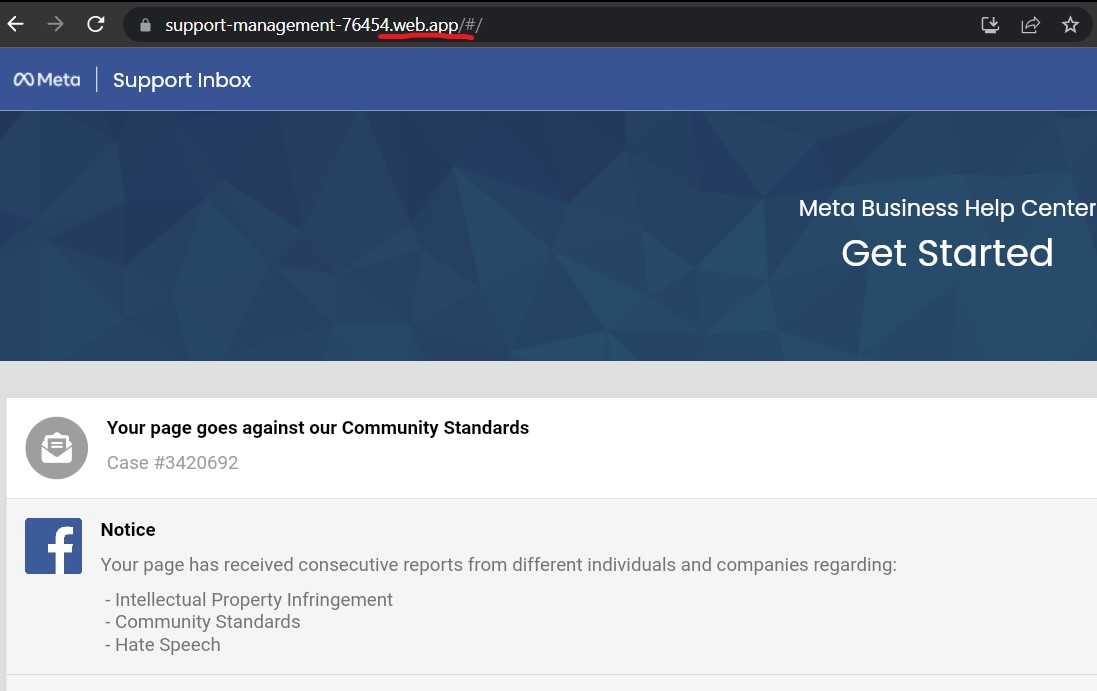How to avoid phishing
Hey folks, we had a hilarious attempt today by some wannabe hackers to steal our password and mess with our sites. But guess what, we were way ahead of the game when we saw them asking for our password! Come on, first rule of Facebook – they never ask for your password! Here are some tips to avoid falling for this same lame attempt.
Phishing scams on Facebook are becoming increasingly sophisticated, with scammers using fake pages to trick users into sharing sensitive information. Here are some tips to help you spot phishing attempts that use fake pages:
- Check the URL: Phishing pages often use a similar URL to the legitimate website, but with small differences. Look for any misspelled words or extra characters in the URL.

- Check the page layout: Phishing pages often mimic the layout and design of a legitimate website to make it look more convincing. However, looking closely, you may notice slight differences in the design or layout.
- Check for typos and grammatical errors: Phishing pages are often poorly written and may contain typos and grammatical errors. If you notice any spelling or grammatical mistakes, it’s likely a fake page.
- Don’t click on suspicious links: If you receive a message or email asking you to click on a link to verify your account or change your password, be cautious. Check the URL of the page before entering any information.
- Look for the padlock icon: Legitimate websites use encryption to protect your information, and you can usually tell if a page is secure by looking for the padlock icon in the address bar. If the page doesn’t have the padlock icon, it’s not secure.
In summary, phishing scams on Facebook can be tricky to spot, but by staying vigilant and following these tips, you can protect yourself from becoming a victim of these scams.
All in all, nice try, phisher…


